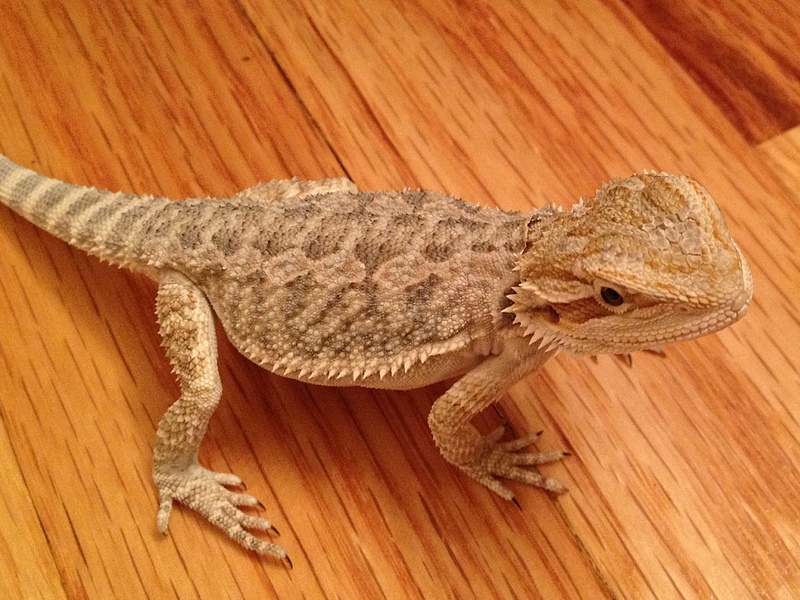Unlocking the Secret Behind Bearded Dragon Color Changes
Welcome to the World of Bearded Dragon Color Changes!

Bearded dragons are one of the most popular pet lizards in the world, known for their friendly and docile nature. These reptiles are also famous for their impressive color changes, which can range from bright oranges and yellows to dark browns and greys. While it may seem like these color changes happen at random, there is actually a deep meaning behind them.
What Causes Bearded Dragon Color Changes?
The primary cause of bearded dragon color changes is their mood and temperature. These lizards are ectothermic, meaning that their body temperature is controlled by their environment. They are also very sensitive to changes in temperature, so their body color will change depending on how hot or cold they are. For example, if they are feeling stressed, scared or threatened, they will often darken their color to appear more intimidating.
In addition to this, bearded dragons will also change their color to reflect their mood. When they are happy and relaxed, their colors will be brighter and more vibrant. This is often seen when they are basking in the sun or enjoying a good meal. On the other hand, if they are feeling sick, unhappy or uncomfortable, they will darken their color to reflect their mood.
What Different Colors Mean
Now that you know what causes bearded dragon color changes, let’s take a closer look at what different colors mean:
Bright Orange or Yellow
If your bearded dragon is displaying bright oranges or yellows, this usually means they are feeling happy and content. They may also be basking in the sun or enjoying a tasty meal. Either way, this is a good sign that your bearded dragon is healthy and happy.
Dark Brown or Grey
When bearded dragons are feeling stressed, scared or threatened, they will often darken their color to appear more intimidating. If your bearded dragon is displaying dark browns or greys, they may be feeling uncomfortable or unhappy. Be sure to check their living conditions to make sure they are in a safe and comfortable environment.
Black or Very Dark
If your bearded dragon is extremely dark or black, this often means they are feeling sick or in pain. Be sure to check for any signs of illness or injury, and contact a reptile veterinarian if you suspect something is wrong.
Conclusion
Bearded dragon color changes are a fascinating way to understand your pet lizard’s mood and health. By paying attention to their coloring, you can better understand their needs and provide the best care possible. Remember, if you ever have any concerns about your bearded dragon’s health, don’t hesitate to contact a reptile veterinarian.

